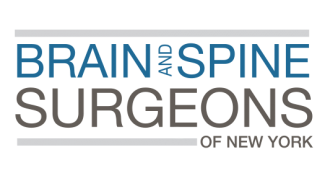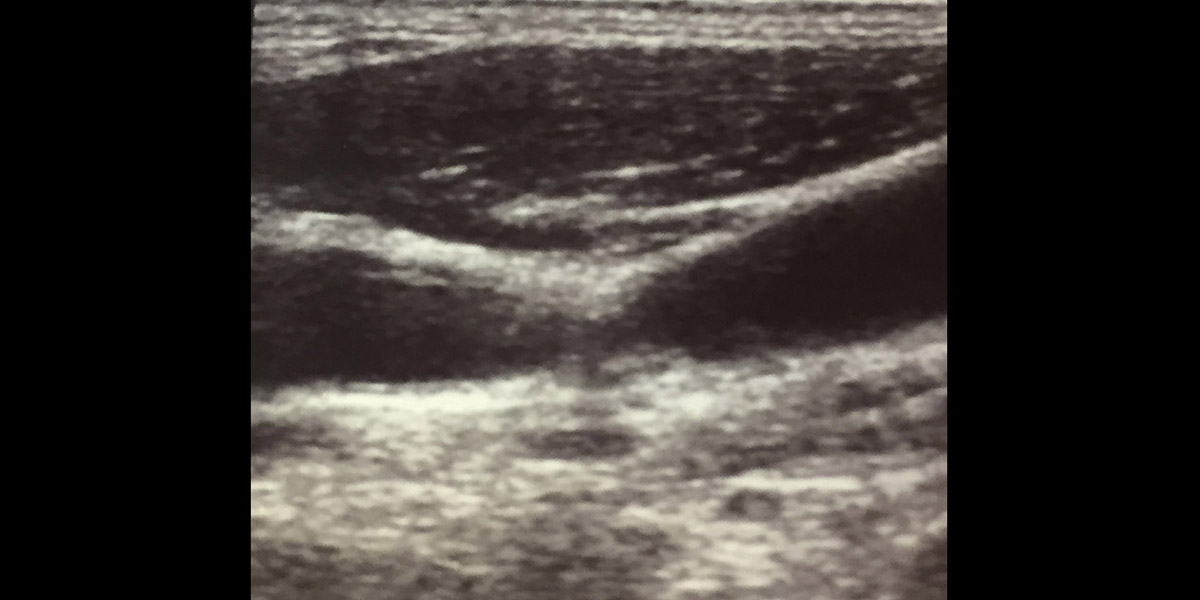
Carotid Artery Stenosis
Carotid artery stenosis is a narrowing of the large arteries on either side of the neck that carry blood to the head, face and brain. This narrowing is usually the result of a build-up of plaque within the arteries and can lead to stroke or a transient ischemic attack (TIA), also known as a mini-stroke.
For more information, visit www.americanheart.org.
Symptoms
Some people with carotid artery stenosis may experience dizziness, fainting and blurred vision which may be signs of the brain not receiving enough blood. In many cases if blood flow is severely restricted, one many experience stroke-like symptoms, such as vision loss and difficulty speaking. However, many individuals with carotid stenosis may not experience any symptoms.
Treatment
Depending on the degree of stenosis and the patient’s overall condition, carotid artery stenosis can usually be treated with surgery. The goal of any surgery is to improve or restore blood flow.
One of the procedures used is called carotid endarterectomy and is performed to remove plaque. This has proven to benefit patients with arteries stenosed (narrowed) by 70 percent or more. For people with arteries narrowed less than 50 percent, antiplatelet agents or anticoagulants medication are usually prescribed to reduce the risk of ischemic stroke. In all instances, a better diet, more exercise, and refrain from tobacco use are recommended.
Carotid angioplasty — in which a balloon or stent is inserted to open the narrowed artery — may be another non-surgical treatment option.










